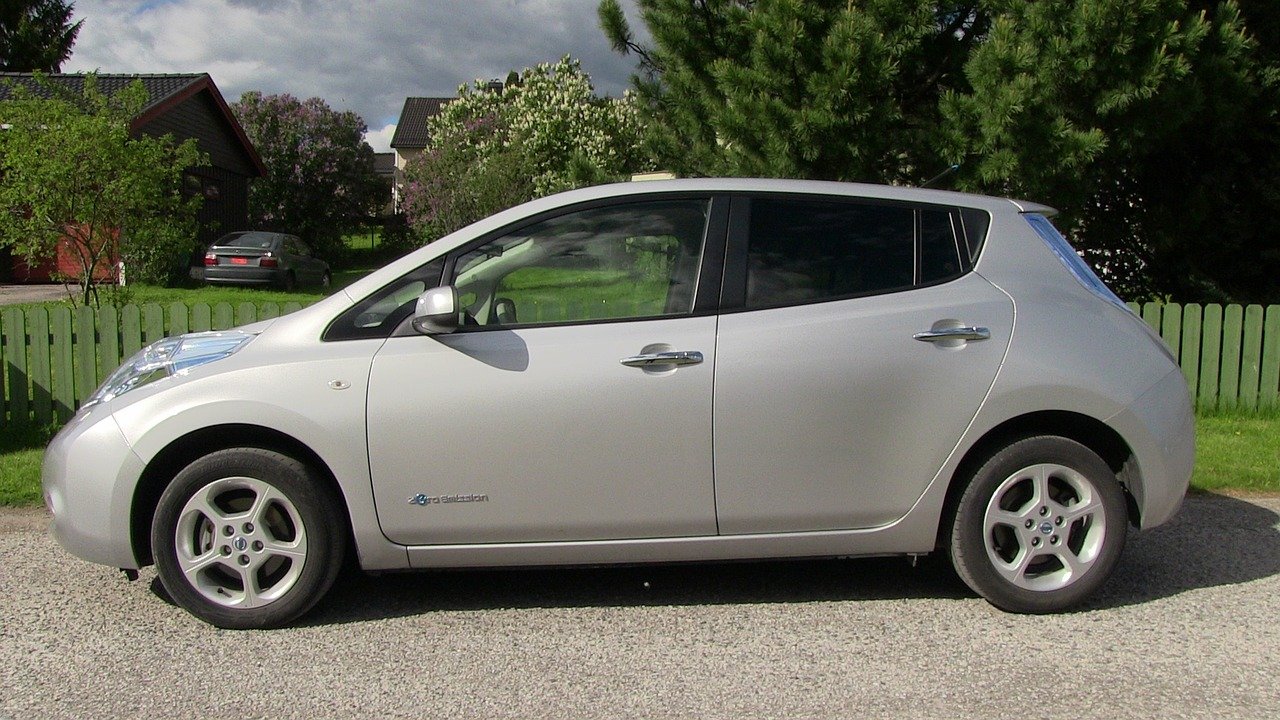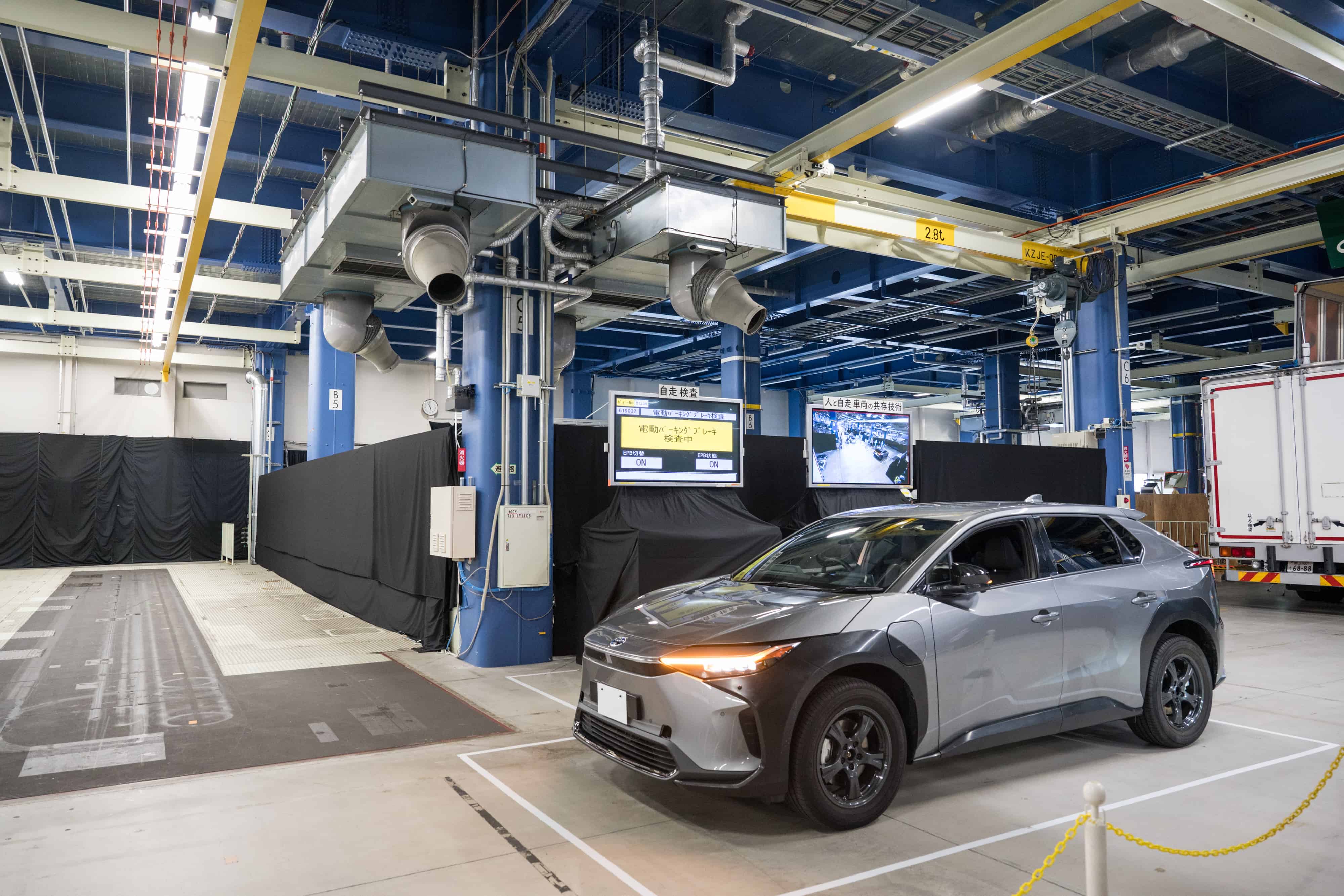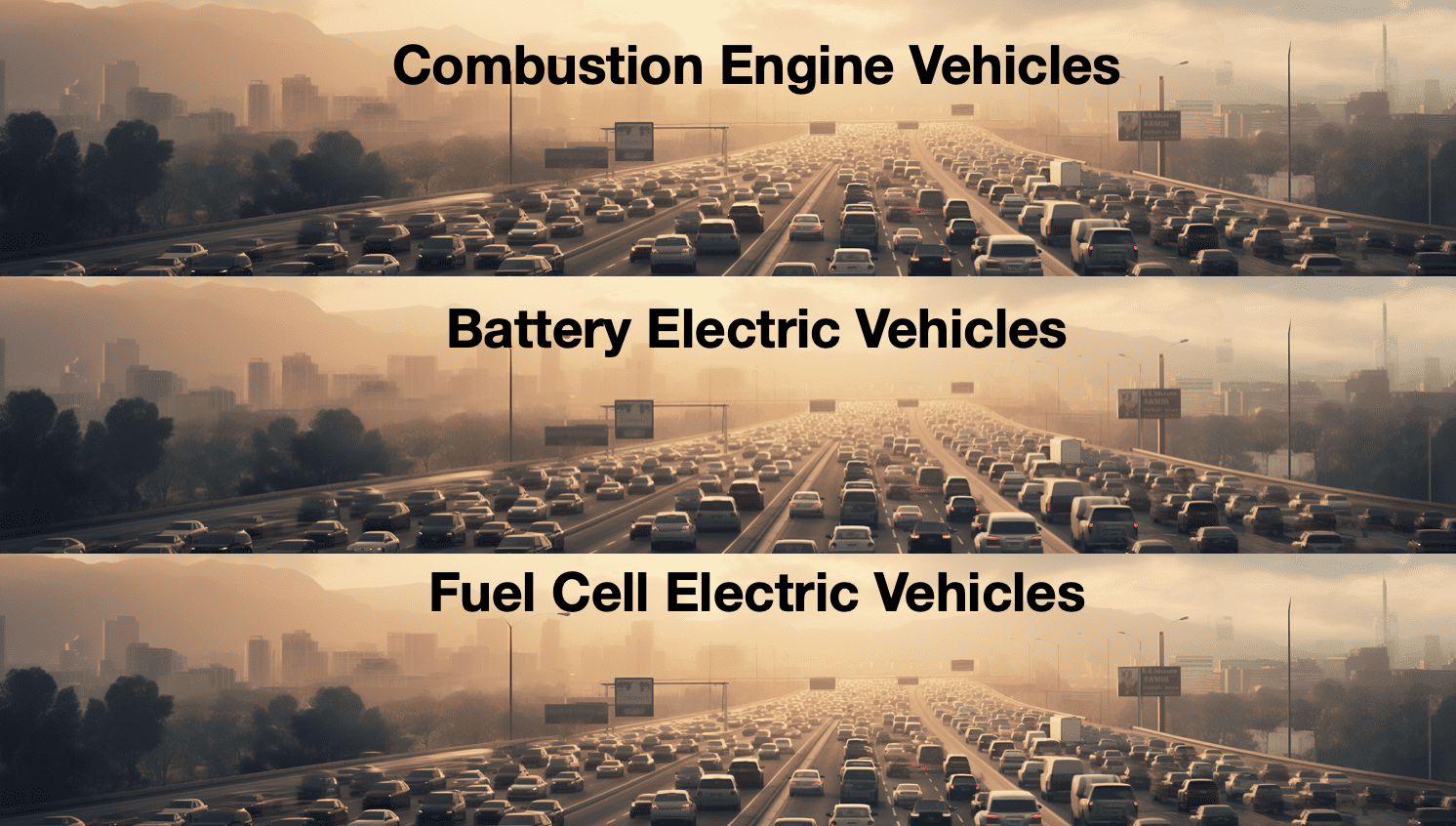
Solid-state batteries hold great promise for the future. Many of the drawbacks now associated with lithium-ion batteries that use liquid or gel solutions will be overcome. The risk of fire is reduced and the energy density (the energy a battery can deliver in relation to its weight) is multiplied. It takes about 10 minutes to fully recharge an electric vehicle with a solid-state battery, which shortens recharging times by two-thirds. The battery can extend the range of a compact electric vehicle without reducing any interior space. All of this with minimal safety problems.
World ranking of patents
The solid-state battery that Toyota is introducing promises to become a game-changer. Not just for electric vehicles, but for an entire industry. Toyota plans to be the first company to sell an electric vehicle with a solid-state battery at the beginning of this decade. The world’s largest car manufacturer is set to unveil a prototype in 2021. That Toyota is serious about this technology is proven by the high number of patents it holds. It tops the world rankings with more than 1,000 solid-state battery patents.
In addition to Toyota, many other parties are working on the development of solid-state batteries. Coincidentally in the same week that Toyota brought the abovementioned news, the start-up QuantumScape, which is backed by Volkswagen, came up with new data that shows the potential of its own solid-state battery technology.
Replacing lithium-ion
QuantumScape claims to be ahead of the competition when it comes to developing solid-state cells. During testing, single-layer pouch cells with a large surface area can be charged up to 80 percent in 15 minutes, the company states. Cells were also tested at temperatures down to -30 degrees Celsius, a temperature too low for other solid-state chemistries to work, the company adds. With these lifecycles and temperature barriers broken, QuantumScape managers now believe that solid-state batteries are capable of replacing lithium-ion batteries in electric cars.
QuantumScape, just as Toyota does, extols the energy density of solid-state batteries. The batteries offer 80% more energy than other similar lithium-ion batteries – and a very wide range that allows peak power for fast charging, which should shorten recharging times. Quantumcape has solved the hardest part of making a working solid-state battery. It involves simultaneously meeting the requirements of high energy density (1,000 Wh/L), fast charging, a long service life (more than 800 cycles), and performance across a wide temperature range.
Second Revolution
If the solid-state can be mass-produced before too long, it means that after the use of lithium-ion batteries, the second revolution in electric mobility will be underway.
Despite this good news, it will still take quite a while before the electric car has a large market share. On the one hand, this is because the average car lasts for eighteen years and the transition process is not going fast among today’s car manufacturers on account of mass inertia. The European Commission has presented a plan to stimulate sustainable mobility. It wants to have 30 million electric cars in Europe by 2030 ( presently there are 615). In a market of 243 million units, this represents a market share of 12.3 percent. In other words: in 2030, seven out of eight cars will still be powered by an internal combustion engine, which is the target set by the European Commission. The transition to electric mobility is clear, especially once the solid-state battery is launched on the market, even though it takes some imagination to describe it as fast. In 2030, it will mark 20 years since the Nissan Leaf first appeared on the European market.
About this column
In a weekly column, written alternately by Wendy van Ierschot, Eveline van Zeeland, Eugene Franken, Jan Wouters, Katleen Gabriels, Mary Fiers and Hans Helsloot, Innovation Origins tries to figure out what the future will look like. These columnists, occasionally joined by guest bloggers, are all working in their own way on solutions to the problems of our time. So that tomorrow is good. Here are all the previous articles.







